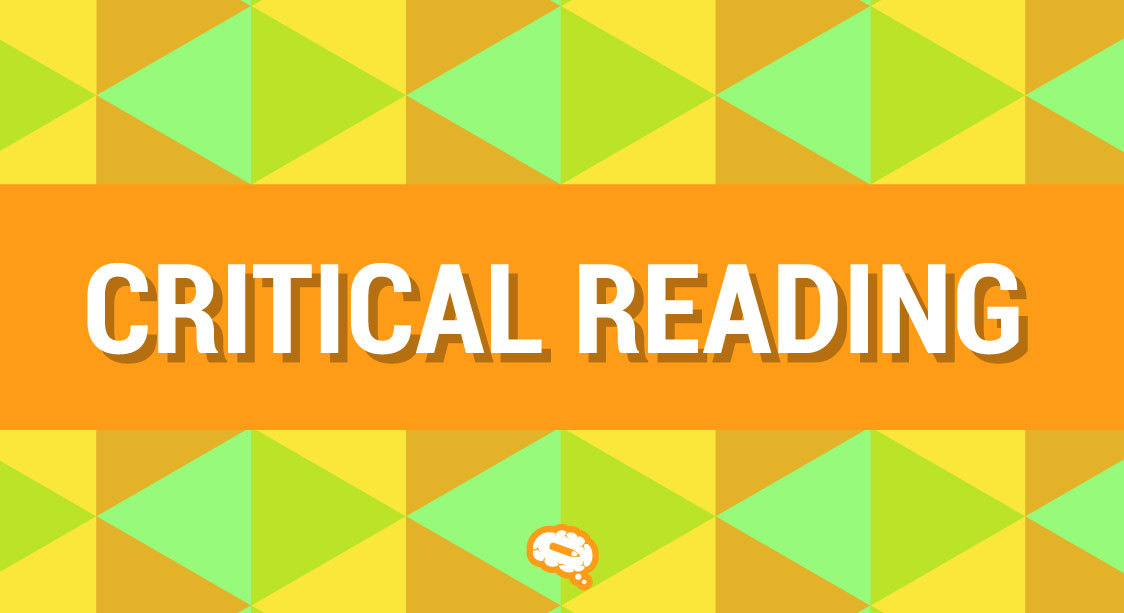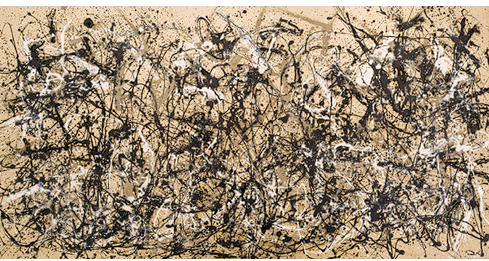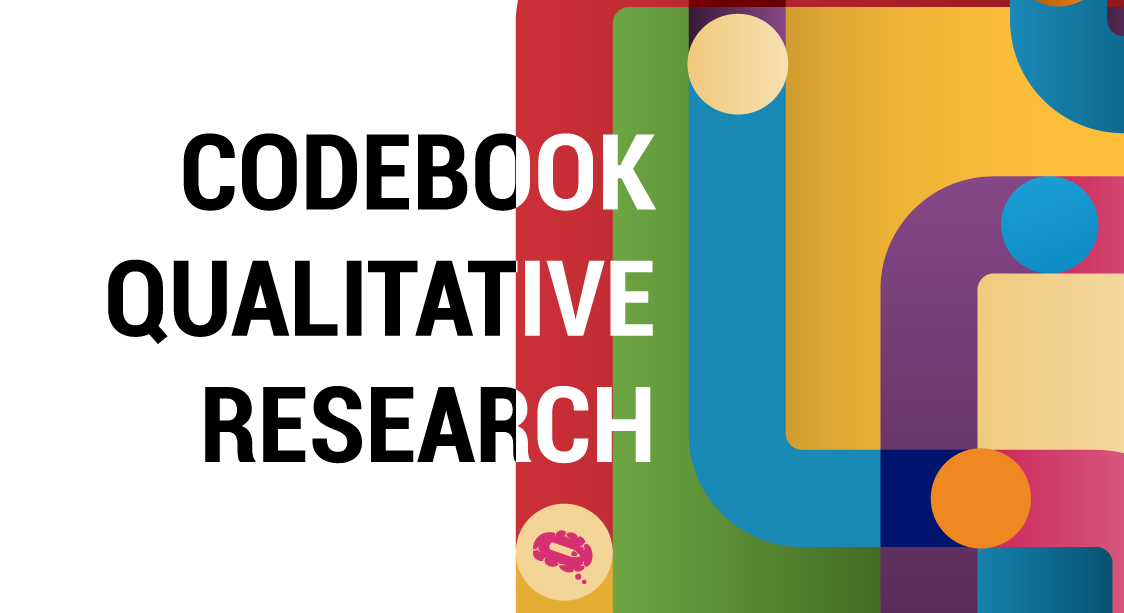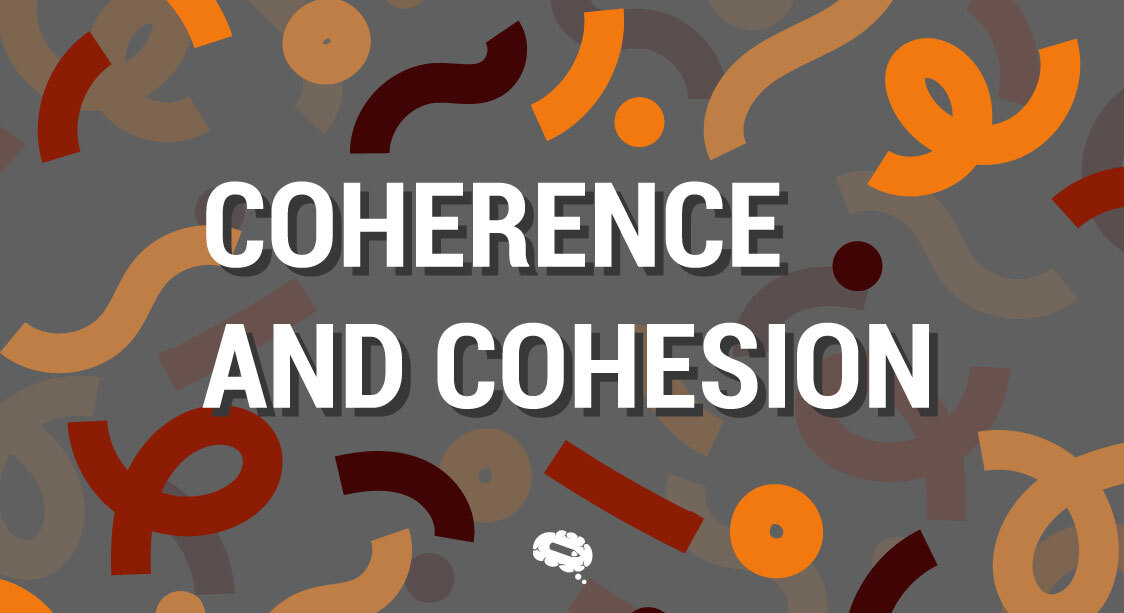Critical reading is a vital tool in our information-dense society. As we process countless pieces of information daily, critical reading helps separate the valuable from the irrelevant. This skill demands a higher level of engagement and involves detailed analysis and assessment. One of the most significant benefits of critical reading is that it improves your ability to understand complex ideas and articulate those ideas effectively. It encourages us to delve deeper into the text, fostering a better understanding of the author’s intentions, argument, and underlying assumptions
Not only does critical reading develop a more profound comprehension, but it also promotes independent thinking and the ability to form reasoned judgments. Critical reading is a fundamental skill for success in the academic world, and it’s also an essential part of being an informed citizen. It involves more than just understanding what you read; it requires actively engaging with and analyzing text to draw out its deeper meanings.
Definition Of Critical Reading
Critical reading is an active, thoughtful, and systematic process of understanding, evaluating, and interpreting written material or texts. It goes beyond mere extraction of information to involve in-depth analysis and judgment. A critical reader scrutinizes the author’s intentions, ideas, logical arguments, the structure of the text, the type and quality of evidence provided, and the coherence of the argument. Do not confuse active reading with critical reading. All the critical readings can be active but it’s not true vice versa.
Benefits Of Being A Critical Reader
Critical readers can discern the difference between essential points and secondary points in a text. They are better equipped to identify bias, misrepresentations, and logical fallacies. This skill also enhances self-learning as one can digest and interpret information at an advanced level and adapt it to their understanding. It entails questioning as you read – asking what, why, and how as you navigate a text. This process fosters comprehension, enhances intellectual curiosity, encourages independent thinking, and enables the reader to construct an informed opinion.
What is the Active Process of Critical Reading?
The active process of critical reading involves several steps. A reader needs to be aware of the objective of the process. It involves processes like breaking down the content into segments, understanding the unsaid lines between paragraphs, and identifying key concepts for better analysis.
Breaking Down a Piece Writing for Better Understanding
Before beginning to read, critical readers will often review the structure of the work and consider what they already know about the topic. This helps set the stage for understanding the material.
The first step in critical reading is annotation. Marking up your texts as you go along so that when you come back later, all your thoughts are organized into one place. Annotation can be done digitally or by hand on paper copies of books and articles. You should make sure to include any questions or ideas that occur to you while reading as well as highlighting key passages or words that stand out to you for further analysis.
Reading With Attention
This involves reading the text carefully, possibly several times if necessary. It’s not just about understanding the words and sentences, but also picking up on the tone, style, and any biases that may emerge in the writing.
Analyzing the Form Of Language Used
While reading, important points, striking phrases, and questions that arise are noted down. This helps to keep track of ideas and also encourages further reflection. Summarizing each section after completing it will help ensure comprehension before moving on to the next portion of the material. Critical reading requires one to question the author’s assertions, looking out for any assumptions, biases, or logical fallacies. Questions like, “What is the argument here?”, “Is there bias portrayed?”, “What is the supporting evidence?” are commonly asked.
Identifying Key Concepts
Critical readers link new information with what they already know, drawing on their existing knowledge to better understand the text. Once the work has been comprehensively read and notes have been made, the final stage involves assessing the quality, credibility, and significance of the text. This active process of critical reading enhances comprehension, develops one’s understanding, and allows readers to engage constructively with the material, fostering an independent thinking paradigm.
Types Of Evidence To Consider When Reading Critically
While reading critically, it is important to look for a variety of evidence types to assess the credibility and thoroughness of an argument. Here are several types of evidence that one should consider:
- Empirical Evidence: This includes data gathered through surveys, experiments, observational studies, or other data-collection methods. Such evidence is powerful because it relies on direct observation or experience, but it must be reliable and valid.
- Anecdotal Evidence: These are personal stories or examples that illustrate a point. While they can be persuasive and help make the material more relatable, relying solely on anecdotal evidence can be problematic, as it doesn’t necessarily represent broader trends or experiences.
- Statistical Evidence: This involves the use of numbers to support a claim or argument. It includes data like percentages, probabilities, and rates. However, it is important to understand how these statistics were computed and to ensure they are not misleading or taken out of context.
- Testimonial Evidence: This consists of statements or quotes from experts, authorities, or other notable figures in the field. It can lend credibility to an argument, but the reputation and qualifications of the cited individuals should be checked.
- Historical Evidence: This type of evidence is used to support claims or arguments through historical events, documents, or artifacts. It is crucial to consider the context and source of the historical evidence.
- Logical Evidence: This consists of claims backed by logical reasoning, such as syllogisms or premises that lead to a conclusion. Each type of evidence has strengths and weaknesses. A text that uses multiple types of evidence appropriately is typically more convincing and well-rounded.
Strategies To Develop Critical Reading Skills
Improving critical reading skills takes practice, intentionality, and time. Here are some steps to enhance your critical reading skills:
- Prepare to Read
Sometimes, long literature tends to worry the reader and make them uncomfortable. If you are new to the field, prior to reading, familiarize yourself with the topic. Conduct a brief research if necessary. This can make the material less intimidating and more accessible.
- Practice to Read Actively
As you read, highlight or underline the main points. Write down questions or reflections in the margins. This will help you connect with the text more deeply. You can set targets and timelines for reading. It is healthy to begin to develop a habit of reading at first if you are not fond of novels or newspapers. Focus on your need to be a critical reader and how it can be useful for your academic career. If possible you can decide a timeslot in a day and dedicate that time for reading and then gradually make it active reading. In another approach, you could also join a book club of friends for reading where monthly targets are set for reading and that will keep you engaged in reading.
- Recognize Different Perspective
Evaluate different perspectives to better understand the complexities of the issue. This includes acknowledging any biases the author might have. Try to discuss points that you have noted with your peers after reading an article. If you share the same laboratory or research group, have a detailed discussion and try to learn what they understand from the author’s research.
- Use a Dictionary
A long-forgotten friend can come to your help! A dictionary used to be a very good help when you started learning. Now is the time to put that top use again, try to learn new words and meanings. Having a dictionary on hand will help look up unfamiliar words. Understanding the precise meaning of words can greatly aid comprehension. Keep it handy! It will help you become more active and critical while you read.
- Summarize the Text
After reading a section, pause and summarize what you just read. This helps ensure you’ve completely understood before moving on. Often explaining it to others helps to clarify our own concepts. Use age-old techniques to read aloud and explain it to critical thinking.
Make Annotating, Summarizing, And Paraphrasing A Part Of Your Routine
Nothing else but practice will help you grow better. By making annotating, summarizing, and paraphrasing part of our routine when approaching new material, we give ourselves a better chance at developing true mastery over this content which leads us towards becoming effective thinkers who can engage thoughtfully with complex topics both inside and outside academia alike.
Use Mind The Graph For Expression Of Your Critical Reading
Once you think you have analyzed the literature, article, book, or thesis enough, the next step is to explain it to peers. Use Mind the Graph for expression and stand out from others. Mind the Graph helps you build a graphical representation of your idea. With more than 75,000 illustrations at your service, your journal club presentation would be a fabulous one. Be the first in the institute to link what you read and explain flawlessly.

Subscribe to our newsletter
Exclusive high quality content about effective visual
communication in science.






